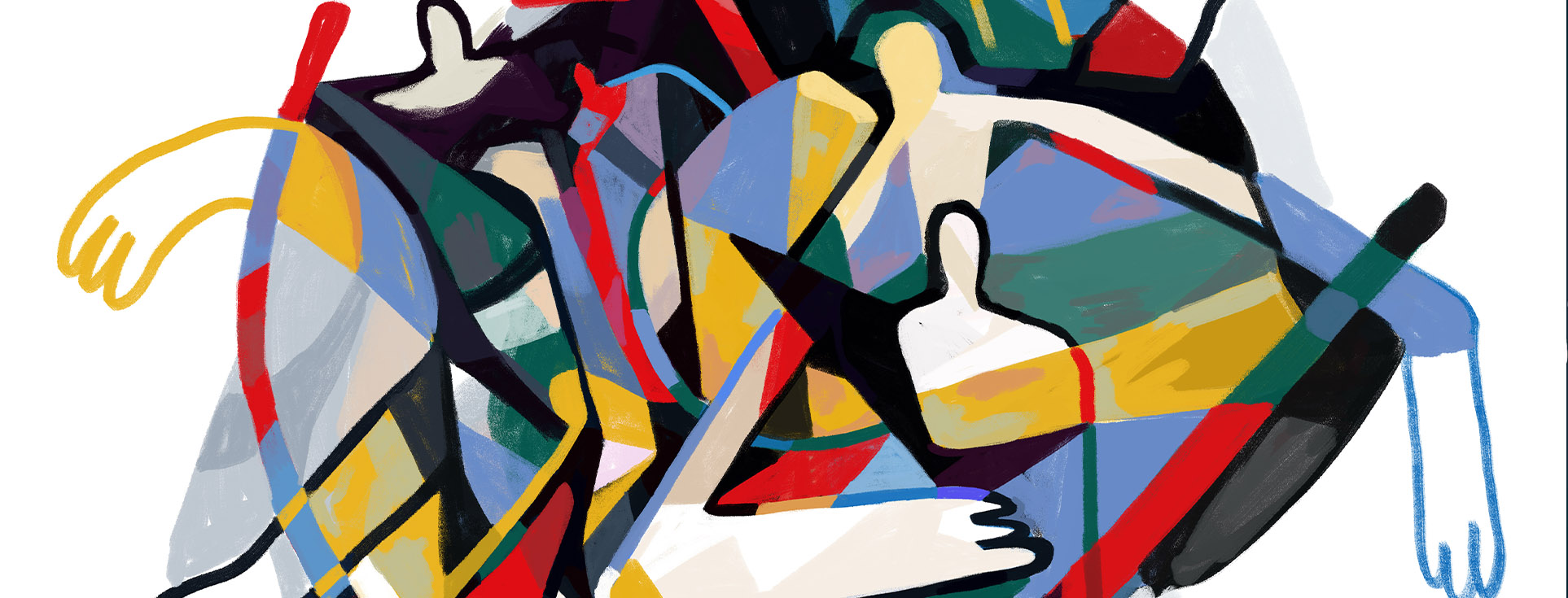Creative Cities: Can they be Comfortable?
ETHOS Issue 02, Apr 2007

Cities everywhere see themselves as competing in a globalised world, just like companies. Some argue this is a false analogy: cities do not compete, their companies and their employees compete. So the job of city administrations is to ensure that they can govern effectively, by providing both hard and soft infrastructure: utilities, transport links, schools, universities and hospitals, and basic structures of law and order. Singapore has performed brilliantly in this respect, as international rankings have shown.
But there is a nagging sense that something more is needed. Cities worldwide are repeating the mantra of creativity, struggling to embrace the creative economy as the basis for their regeneration. They have all read Richard Florida's argument that success in the so-called New Economy depends on a new creative class. This class chooses congenial locations like the San Francisco Bay Area, Austin (Texas) and Seattle. It does not particularly care about attributes like expressways, airports or entertainment districts; it looks for high-quality amenities and experiences, an open and free atmosphere, and the everyday opportunity to assert its own creative identity.1
Richard Florida argues that a "Bohemian Index" — the number of writers, designers, musicians, actors and directors, painters ands sculptors, photographers and dancers — is "an amazingly strong predictor of everything from a region's high-technology base to its overall population and employment growth".2 He produces statistical evidence, but it is unclear which is the cause and which the effect. It may be that successful places are dominated by economic sectors that need large numbers of such people. More likely, it is a circular process: growing activities attract talented workers who then, in turn, generate new activities and new growth.
In a book I wrote ten years ago, I looked at six undoubtedly creative cities: Athens in the fifth century B.C.; Renaissance Florence; Shakespearean London; Vienna in the eighteenth and nineteenth centuries; Paris between 1870 and 1910; and Berlin in the 1920s.3 These places did not offer much quality of life to most people who lived in abject squalor by today's standards. What they did have was something elusive — a creative milieu. I came to the conclusion that this resulted from creative tension.
All six cities were undergoing rapid economic and social transformation — economically, socially and in value systems. They were in a state of uneasy and unstable tension between conservative and radical forces and values — places of great social and intellectual turbulence, not comfortable places at all. This disjuncture was experienced and expressed by creative people who felt themselves outsiders: the guild craftsmen of Renaissance Florence, the young actor-playwrights of Elizabethan London, the court musicians, and later the Jewish intellectuals of Vienna, the Parisian Impressionists and Cubists. An old, established order was being challenged or had just been overthrown — London in 1600, Paris in 1860, Vienna in 1900 or Berlin in 1920.
No city on earth today would want to be a city like some of these places. Indeed, their stories sometimes resembled contemporary Baghdad more than any city most of us live and work in. But perhaps cities can become too comfortable, too cosy.
In his new book The Art of City Making, Charles Landry argues that many cities are pursuing the wrong objective. He estimates that no less than 60 cities worldwide are claiming to be creative — but, viewed more closely, most are concerned narrowly with strengthening the arts and cultural fabric and the creative industries. This, for him, is different from — though obviously related to — the critical issue, which is how to achieve a truly creative city. He argues for soft creativity, thinking of solutions that go with the grain of the local culture, rather than believing in a technological fix to everything; "hard" policy instruments, whether airports, freeways, concert halls or art galleries, have only a very tenuous relationship to this process.
Singapore is one of his case studies. He concludes that "The notion of a creative city implies a level of openness that potentially threatens Singapore's traditions of more top-down action."4 So, he argues, "Singapore's strengths embody its weaknesses. It is better at creating the containers than the contents, the hardware rather than the software". In particular, "Singapore therefore oscillates between constraint and creativity. It has a desire to plan creativity as against creating the conditions in which creativity can occur."5
How can Singapore overcome this contradiction? Landry argues that citizens need to "think of your city as if it were a living work of art where citizens can involve and engage themselves in the creation of a transformed space. This will involve different creativities: the creativity of the engineer, social worker, planner, business person, events organiser, architect, housing specialist, IT specialists, psychologists, historians, anthropologists, natural scientists, environmentalists, artists of all kinds and, most importantly, ordinary people living their lives as citizens. This is comprehensive creativeness."6
Singapore, I would judge, does this well much of the time. It has the diverse population that is critical for urban creativity, and it goes on absorbing new migrants, vital to bringing in new ideas, products and services. But it finds it difficult to go the final mile, actually stimulating creative tension: as Landry puts it, creating conditions open enough so that it can rethink its potential in every aspect of urban life. This is the challenge for Singapore's planners.
NOTES
- Richard Florida, The Rise of the Creative Class (New York: Basic Books, 2002), pp5-7, 218.
- Richard Florida, The Rise of the Creative Class (New York: Basic Books, 2002), pp260.
- Peter Hall, Cities in Civilization: Culture, Technology and Urban Order (London: Weidenfeld and Nicolson, 1998).
- Charles Landry, The Art of City Making (London: Earthscan, 2006), pp354.
- Charles Landry, The Art of City Making (London: Earthscan, 2006), pp360.
- Charles Landry, The Art of City Making (London: Earthscan, 2006), pp385, 386.

